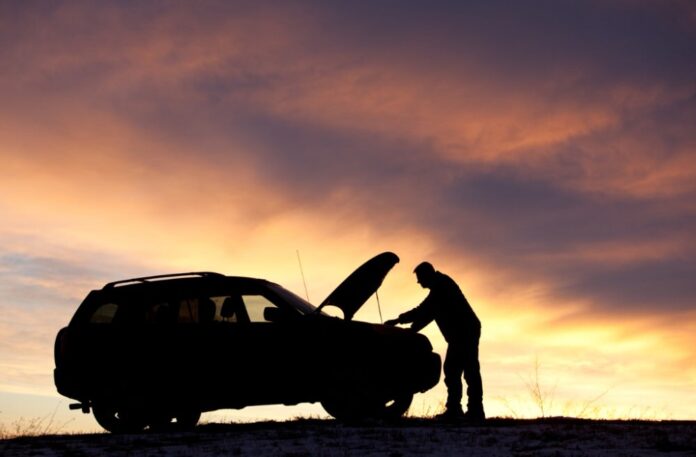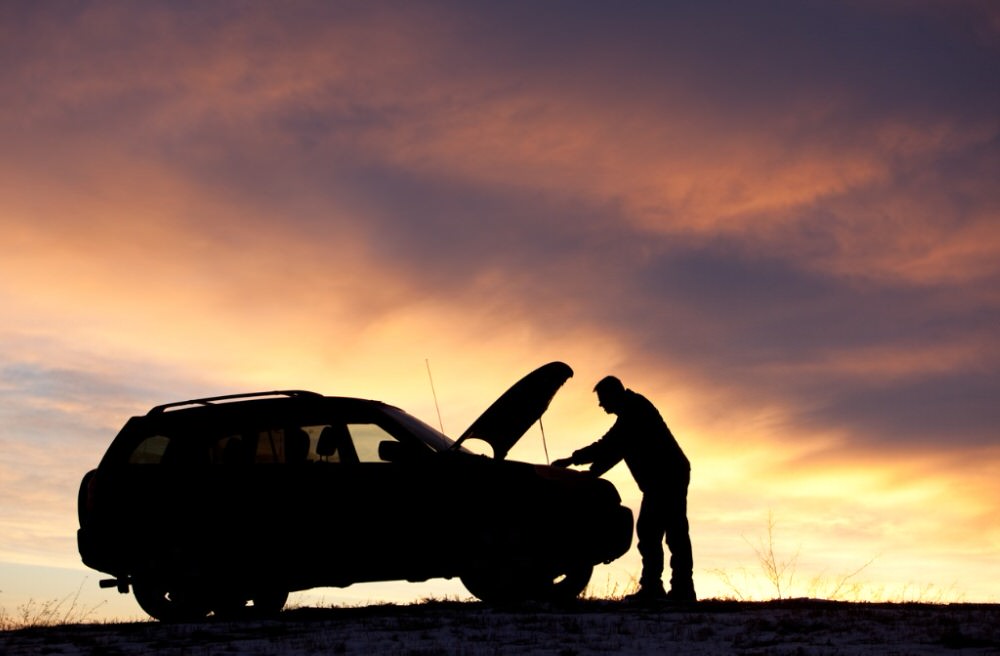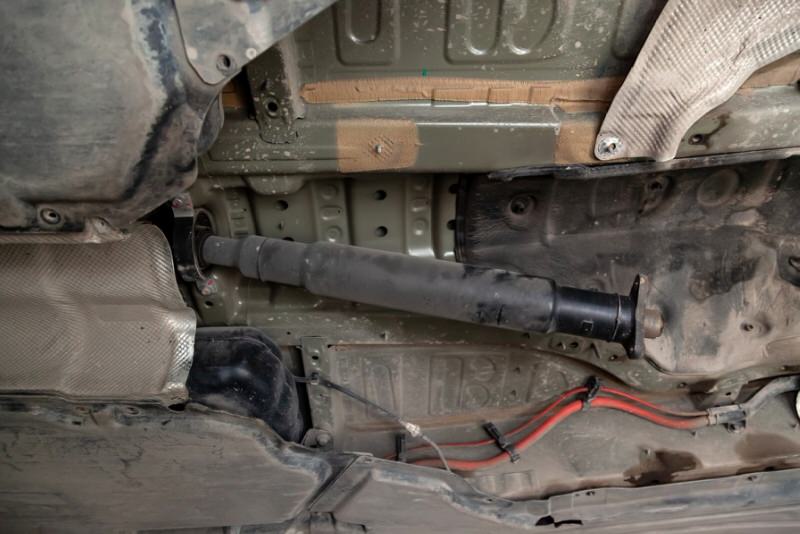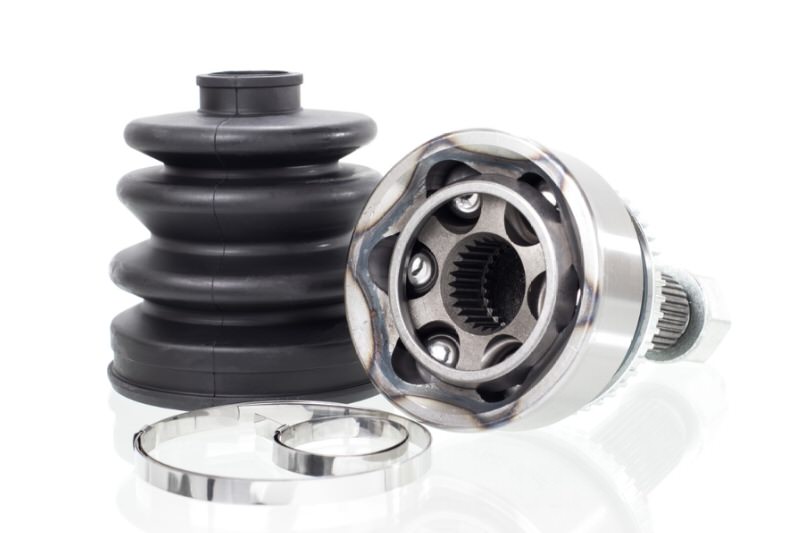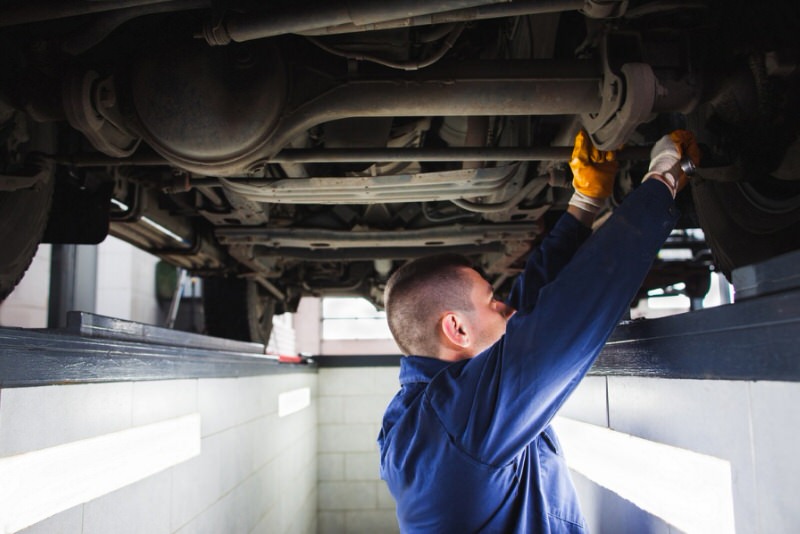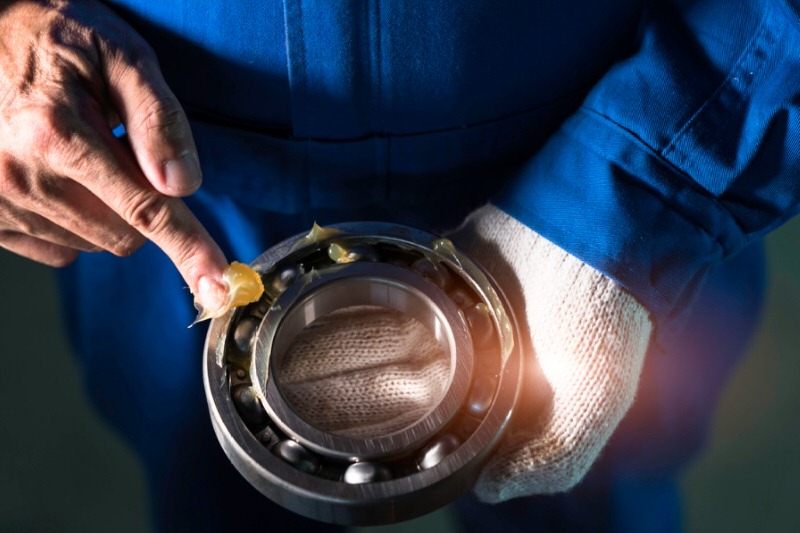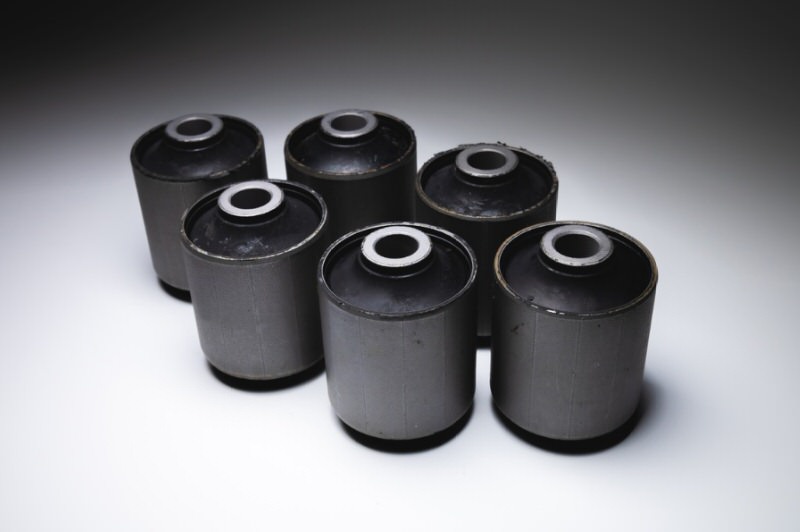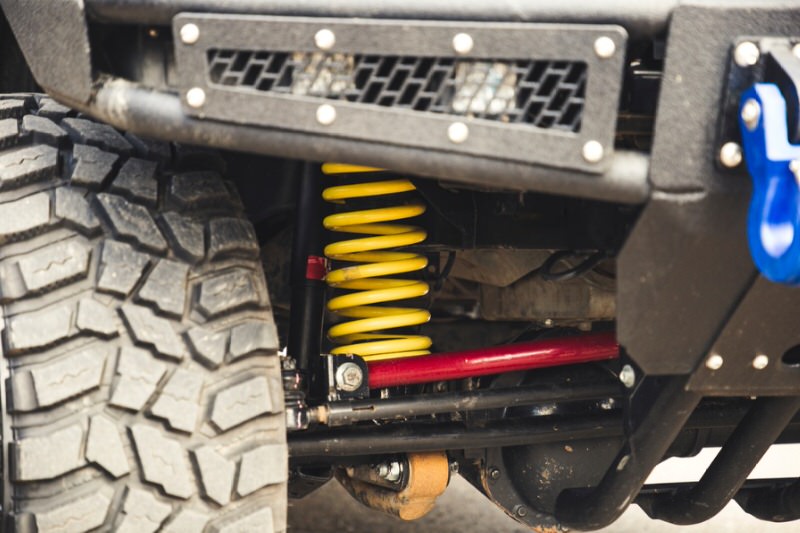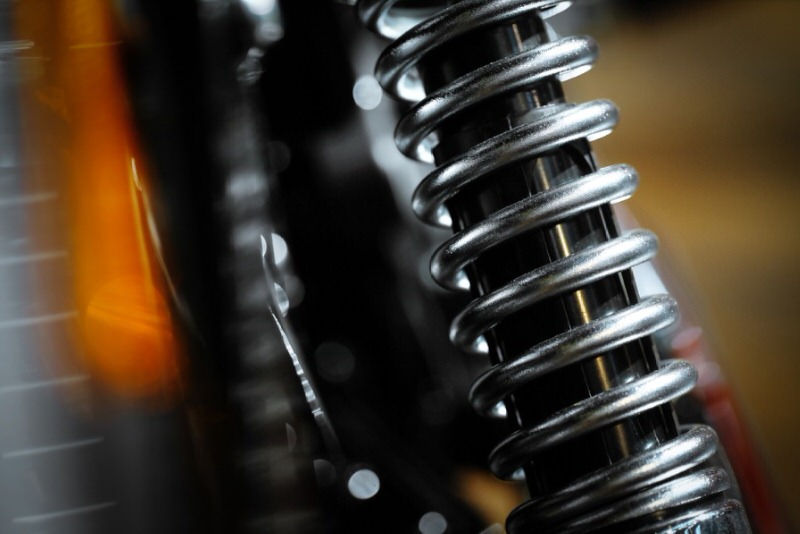photo by ImagineGolf via iStock
Worn out parts can lead to an expensive bill or your trip ending early. Such issues are inevitable; however, if you know what to check you can minimize the frequency of necessary repairs.
In this article, we are going over the parts that tend to wear out the most and how to diagnose them.
Worn-Out Tail Shaft
photo by Aleksandr Kondratov via iStock
A worn-out tail shaft can be annoying. The most common sign is driveline vibrations, especially on the motorway.
Tailshaft issues are usually caused by bashing them on rocks and logs. Tailshaft Uni joints tend to fail when not greased regularly or when driving through a lot of water and dust which can contaminate the grease and lead to premature wear.
Larger tires and hard off-roading also put a lot of stress on the uni-joints.
The best way to check both uni joints and the tail shaft is to get underneath the vehicle and look for dents in the shaft or excessive play in the uni joints.
Common Wear Items on a 4WD: Broken CV joints
photo by Stason4ic via iStock
When a CV joint brakes you can usually hear it. If you did not hear it you will realize it later on because the particular wheel with the damaged CV won’t have drive. If your vehicle is IFS and a CV fails, grease and ball bearings will be all over the track.
The best way to destroy a CV is aggressive driving, larger tires, and years of use which will cause metal fatigue.
If you hear a clicking sound while driving at full lock, it probably means that your CVs are worn.
The culprit for worn-out CV joints is most times a torn CV boot. Even the slightest hole can lead to contamination of the grease and therefore, premature wear.
Differential Wear
photo by golubovy via iStock
Diffs are one of the parts you don’t want to fail. They are expensive to buy and require knowledge to set up correctly.
Worn out diffs will lead to whining at higher speeds and clunking when accelerating.
The best thing to do if you suspect diff issues is to drain the oil. If the oil has a milky color, then water has made its way into the diff. Metal shavings in the oil can also be a tale-tale sign of diff issues.
Learn More:
Common Wear Items on a 4WD: Wheel Bearings
photo by Somsak Saeueng via iStock
Wheel bearings have a hard life, they get to extremely high temperatures – especially if you are running big tires and covering a lot of miles on the motorway.
The most common causes of wear are lack of maintenance, larger tires, water ingress, larger offset wheels, and bearings coming loose over time.
Regular inspections and repacking with grease is the best way to maintain your bearings.
To check their current condition, lift your vehicle off the ground, secure it on axle stands, and put your hands on 12 and 6 on the tire. Try to check if there is any play in the wheel. If there is, it could indicate worn bearings or ball joints.
Bushes
photo by yanik88 via iStock
Bushes wear down due to use. However, excessive off-roading, larger tires, and big lift kits will lead to the bushes wearing faster.
Worn bushes can often be diagnosed from movement and clanking in the driveline. Furthermore, movement of the vehicle from side to side under acceleration or deceleration can also be a good sign.
Common Wear Items on a 4WD: Suspension
photo by Bulgnn via iStock
A worn-out spring will move through its range of motion easier because the metal has fatigued; thus, the spring has become softer.
This will lead to your bump stops hitting the frame which can also cause fatigue to the frame.
Heavier loads than what the spring was designed for will also lead to premature wear.
Shock Absorbers
photo by bizoo_n via iStock
Shock absorbers can have a great impact on the way your vehicle drives; so, they should always be kept in top condition.
The biggest killer of shocks is overheating, which usually happens when driving on rough corrugated roads for prolonged periods of time. Difficult off-road terrain may also lead to increased heat in the shock.
A good sign of worn-out shocks is a lot of bouncing when driving – especially over speed bumps.
The best way to fix the issue is to replace the shocks or rebuild them if the specific ones you are running can be rebuilt.
To ensure you get the maximum amount of life possible out of your suspension make sure that the springs you are running are the correct rate for the load you will be carrying.
These are some of the most common wear items on a well-used 4WD. After coming back from a long trip, it is worth taking your truck to a mechanic to go over these areas and more. Or you can even go through everything yourself to ensure it is ready for your next adventure.



